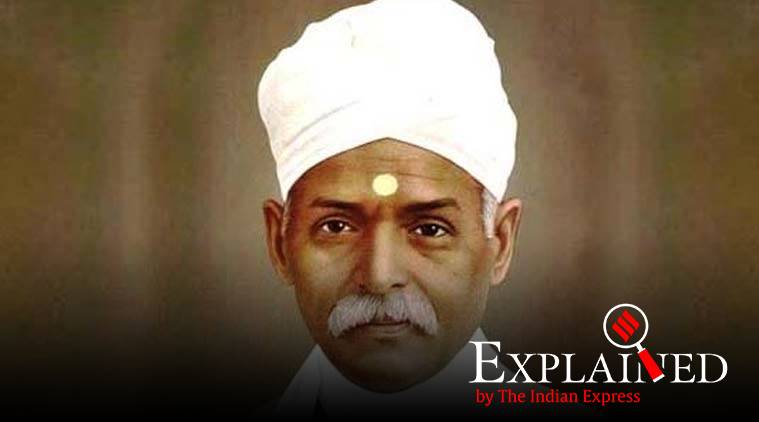Latest Comment
Post Comment
Read Comments
 Pandit Madan Mohan Malaviya is known for founding the Banaras Hindu University and for becoming one of the torchbearers of the freedom struggle. (File)
Pandit Madan Mohan Malaviya is known for founding the Banaras Hindu University and for becoming one of the torchbearers of the freedom struggle. (File)
On Wednesday, Prime Minister Narendra Modi posted on Twitter: “India will always be grateful to Pandit Madan Mohan Malaviya for his numerous efforts to make India free. Additionally, he was a scholar and thinker who worked towards spreading education among our citizens. Paid tributes to Mahamana at Parliament House this morning.”
December 25 is the birth anniversary of Madan Mohan Malaviya, the famed Indian educationist and freedom fighter who is also called ‘Mahamana’.
Malaviya is known for founding the Banaras Hindu University and for becoming one of the torchbearers of the freedom struggle — acting as a bridge between the Moderates and the Extremists in the Congress.
Read | What is the Rohtang Tunnel, now named after Atal Bihari Vajpayee
Born in Allahabad, Malaviya took early education under the ‘pathshala’ system, and was proficient in Sanskrit. In 1879, he graduated from the Muir Central College (today’s Allahabad University) and started working as a teacher at a local high school.
Drawn to politics, Malaviya joined the Indian National Congress at its Calcutta session in 1886 — it had been founded a year previously at the Gokuldas Tejpal Sanskrit College in Mumbai.
Malaviya rose up the ranks, and became president four times — in 1909 (Lahore), in 1918 (Delhi), in 1930 (Delhi), and in 1932 (Calcutta). Malaviya was part of the Congress for almost 50 years.
Malaviya was one of the early leaders of the Hindu Mahasabha, and helped found it in 1906. He was a social reformer and a successful legislator, serving as a member of the Imperial Legislative Council for 11 years (1909–20).
Also read | What is Annular Solar Eclipse?
At the Banaras Hindu University (BHU), which he founded in 1916, he served as Vice-Chancellor from 1919 to 1938.
Malaviya espoused free and compulsory primary education, opposed the system of indentured labour in the British Empire, and supported the nationalisation of railways.
In the freedom struggle, Malaviya was midway between the Liberals and the Nationalists, the Moderates and the Extremists, as the followers of Gokhale and Tilak were respectively called.
In 1930, when Mahatma Gandhi launched the Salt Satyagraha and the Civil Disobedience Movement, he participated in it and courted arrest.
In 2015, the government bestowed Malaviya with the Bharat Ratna, India’s highest civilian honour, 68 years after his death.
In 2016, the Indian Railways started the Varanasi-New Delhi Mahamana Express in the leader’s honour.